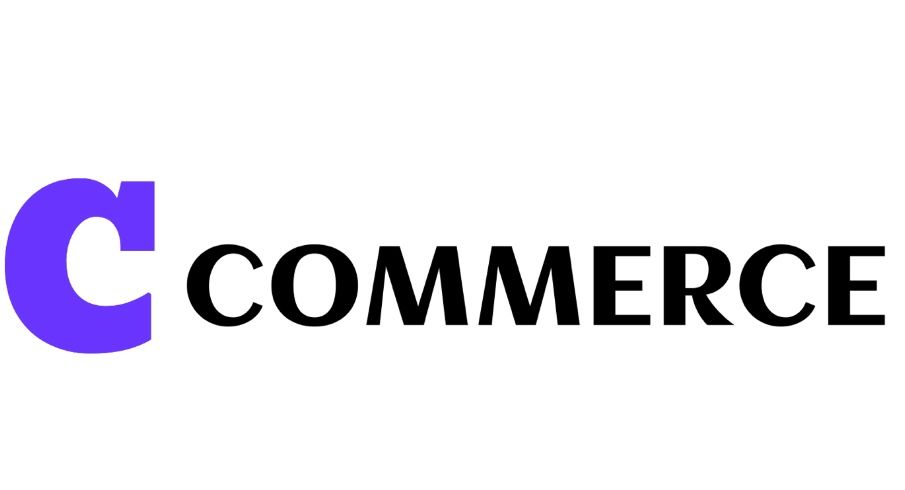Breaking Boundaries: The Future of Commerce with Composable Solutions
DL
The Dawn of a New Era in Commerce
The world of commerce is evolving at an unprecedented pace, driven by rapid technological advancements and changing consumer expectations. To stay competitive, businesses must adapt to these changes by embracing innovative solutions that break traditional boundaries. One such groundbreaking approach is the adoption of composable solutions, which promise to redefine the future of commerce.
Composable solutions are built on the idea of modularity, allowing businesses to assemble and customize their digital infrastructure like building blocks. This flexibility not only enhances the overall functionality but also ensures that companies can swiftly respond to market demands and technological shifts.

Understanding Composable Commerce
At its core, composable commerce is about leveraging a suite of modular, best-of-breed components to create tailor-made solutions. Unlike monolithic systems, where every feature is tightly integrated and changes require significant effort, composable solutions enable businesses to pick and choose the elements they need to construct a unique ecosystem.
This approach empowers companies to innovate rapidly, as they can easily integrate new tools and technologies without overhauling their entire system. Furthermore, it allows for seamless scalability, ensuring that businesses can grow and adapt in line with their evolving needs.
Key Benefits of Composable Solutions
The shift to composable commerce offers several significant advantages:
- Flexibility: Businesses can adapt their systems quickly, responding to changes in consumer behavior or market conditions.
- Scalability: Companies can scale individual components as needed, supporting growth without unnecessary complexity.
- Cost Efficiency: By only paying for the features they use, companies can optimize their budgets and reduce waste.

The Role of Technology in Composable Commerce
Technology plays a pivotal role in enabling composable commerce. Cloud computing, APIs, and microservices are the backbone of these solutions, providing the infrastructure needed to connect disparate components seamlessly. These technologies ensure that businesses can integrate new functionalities and maintain high levels of performance and reliability.
Moreover, the rise of artificial intelligence and machine learning is further enhancing the capabilities of composable solutions. By leveraging data insights, companies can personalize their offerings, improve decision-making, and predict future trends with greater accuracy.
Challenges and Considerations
While the benefits of composable commerce are clear, businesses must also navigate certain challenges. Implementing a composable solution requires a strategic approach and a thorough understanding of an organization's needs. Companies must invest in skilled personnel and robust governance frameworks to ensure successful implementation.

Security is another critical consideration, as the integration of multiple components can increase the risk of vulnerabilities. Businesses must prioritize robust security measures to protect their digital ecosystems from potential threats.
The Future is Composable
As the landscape of commerce continues to evolve, composable solutions stand out as a powerful tool for innovation and growth. By breaking free from the constraints of traditional systems, businesses can build dynamic, responsive ecosystems that meet the demands of the modern consumer.
In the coming years, we can expect to see an increasing number of companies adopting composable commerce strategies, paving the way for a more agile and customer-centric future. Those who embrace this change will be well-positioned to thrive in the competitive world of tomorrow.
